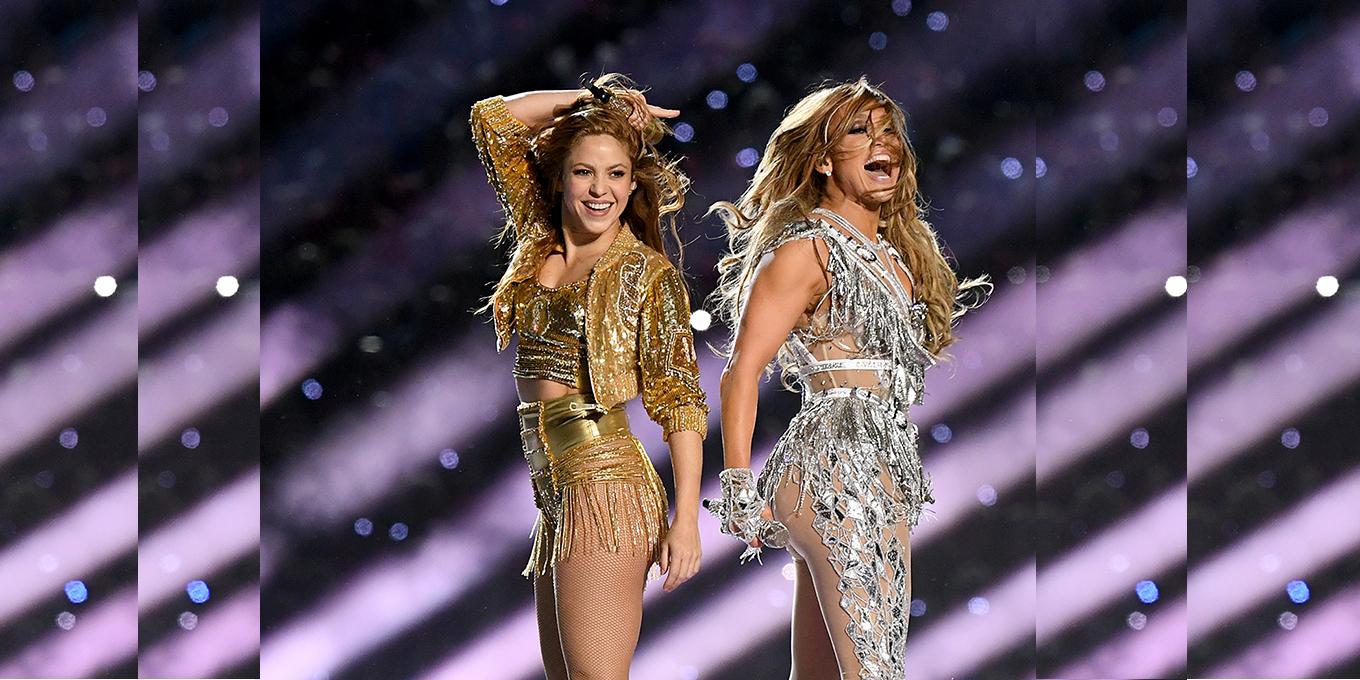Cinema, a mesmerizing tapestry of storytelling, emotion, and innovation, has continually evolved since its inception. Within this ever-shifting landscape, certain classic films stand as monumental pillars, not merely reflecting their era but shaping the very essence of the art form. These cinematic masterpieces have transcended time, influencing countless filmmakers and captivating audiences across generations. In exploring how these iconic works have defined the evolution of cinema, we embark on a journey through the annals of film history. We will unravel the intricate threads of creativity and ingenuity that have woven together the past and present of the silver screen, charting a course that continues to inspire and redefine the boundaries of storytelling in motion.
The Timeless Influence of Classic Cinema on Modern Filmmaking
Classic cinema, with its pioneering narratives and groundbreaking techniques, serves as a blueprint for today’s filmmakers. These timeless films, like Casablanca and Citizen Kane, not only introduced innovative storytelling methods but also established cinematic tropes that continue to resonate. Their influence can be seen in the ways modern directors approach character development, plot structure, and even cinematography. For instance, the deep focus technique used by Orson Welles has inspired countless directors to explore visual storytelling with a similar depth and complexity.
Moreover, classic films have gifted us with enduring themes and archetypes that transcend generations. Consider the following elements that have become staples in the industry:
- Hero’s Journey: A narrative arc that finds its roots in films like The Wizard of Oz, echoing in contemporary epics.
- Film Noir Aesthetics: The shadowy, moody visuals of noir classics influence today’s thrillers and dramas.
- Genre Blending: Movies such as Psycho set the stage for the seamless blending of genres, a trend prevalent in today’s cinema.
By studying these foundational works, modern filmmakers can harness the power of classic storytelling while infusing it with fresh perspectives and technological advancements.

Cinematic Innovations: Techniques That Shaped the Silver Screen
- Montage Editing: This technique, pioneered by filmmakers like Sergei Eisenstein, revolutionized storytelling by allowing directors to convey complex narratives and emotions through the juxtaposition of images. By assembling shots in a deliberate sequence, filmmakers could manipulate time, space, and emotion, crafting a powerful cinematic language that transcended the limitations of dialogue and action.
- Deep Focus Cinematography: Made famous by Orson Welles’ “Citizen Kane,” deep focus cinematography allowed entire scenes to remain in sharp detail, from the foreground to the background. This technique not only enriched the visual depth of a film but also empowered directors to layer narratives within a single frame, inviting audiences to explore every corner of the cinematic world.
- Color and Lighting Innovations: The advent of Technicolor and the creative use of lighting transformed the visual palette of cinema. Directors like Alfred Hitchcock employed color strategically to evoke mood and tension, while noir filmmakers used high-contrast lighting to craft atmospheric shadows, redefining how stories could be visually expressed.
The artistry and innovation found in these classic films laid the groundwork for modern cinema, inspiring generations of filmmakers to push the boundaries of what was possible on the silver screen. Through these pioneering techniques, the medium of film evolved from a simple storytelling device into a sophisticated art form capable of capturing the full spectrum of human experience.

Iconic Performances: Actors Who Redefined Storytelling
The magic of cinema is often defined by the unforgettable performances that leave an indelible mark on audiences and set new standards for storytelling. Some actors have not only delivered extraordinary performances but have also transformed the very fabric of film narrative. Marlon Brando in “A Streetcar Named Desire” brought a raw, visceral intensity that forever altered the approach to character portrayal. His method acting broke traditional molds, inviting viewers into the complex psyche of his character, a technique that would inspire generations of actors.
- Meryl Streep in “Sophie’s Choice” – Her meticulous attention to accent and emotional depth set a benchmark for character immersion.
- Al Pacino in “The Godfather” – His nuanced transition from a reluctant family outsider to a formidable mafia leader redefined character arcs in cinema.
- Heath Ledger in “The Dark Knight” – With his chilling embodiment of the Joker, Ledger demonstrated how a villain could be as captivating and complex as the hero.
These performances are more than just memorable; they are transformative. They challenge the audience to engage with the story on a deeper level, pushing the boundaries of what film can achieve. As we reflect on these landmark moments, we see not only the evolution of cinema but also the enduring power of storytelling through the art of acting.
Lessons from the Past: Must-Watch Classics for Aspiring Filmmakers
The journey of cinema is paved with monumental films that have not only entertained but also educated aspiring filmmakers in the art of storytelling. These timeless classics serve as masterclasses in direction, cinematography, and narrative structure. “Citizen Kane” by Orson Welles is a perennial favorite, often hailed as the epitome of innovative filmmaking. Its pioneering use of deep focus and non-linear storytelling reshaped narrative cinema, offering a blueprint for filmmakers eager to experiment with visual storytelling.
- “The Godfather” (1972): Francis Ford Coppola’s magnum opus is a study in character development and complex narrative arcs, teaching the value of patience and depth in storytelling.
- “2001: A Space Odyssey” (1968): Stanley Kubrick’s visionary masterpiece underscores the power of visual storytelling, with its emphasis on symbolism and minimalist dialogue.
- “Metropolis” (1927): Fritz Lang’s silent film is a beacon of set design and special effects, laying the groundwork for the science fiction genre.
These classics are more than mere relics of the past; they are essential viewing for any filmmaker seeking to understand the evolution of cinema and the foundational techniques that continue to inspire today’s cinematic innovations.



